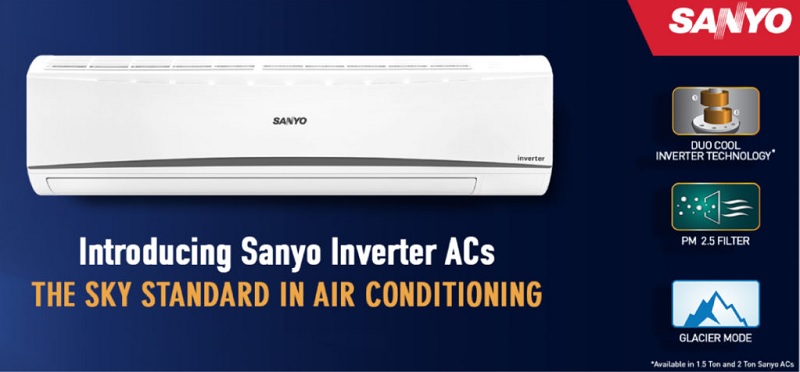If you’re considering purchasing an air conditioner, the most advanced and energy-efficient technology available today is Inverter Technology for AC. Inverter technology is engineered to save between 30% to 50% on power or units consumed compared to a conventional air conditioner. And, as of 2016, BEE has begun grading inverter-technology air conditioners as well. Additionally, in 2018, BEE unified the star ratings for inverter and non-inverter air conditioners.
What is the functionality of an air conditioner?
For the majority of individuals, an air conditioner blows cool air at the desired temperature you chose. However, does it truly function that way? Indeed, an air conditioner cools the indoor air by passing it through an evaporator and returning it to the room during the cooling process. It is the polar opposite of how our traditional old air conditioners used to work. Air coolers draw air from the outside, cool it with water, and blow it into the building. However, air conditioners operate solely on internal air. Along with the evaporator, an air conditioner features a compressor that compresses the gas (refrigerant) in the AC to cool it, which in turn chills the room’s incoming internal air.
What is an Inverter AC System?
The inverter technology operates the same way as a car’s accelerator. When the compressor needs additional power, it provides it. When it requires less energy, it provides that. The compressor is always using this technology but uses less or more electricity depending on the temperature of the incoming air and thermostat setting. The compressor’s speed and power are adjusted accordingly. This technology was invented in Japan and is effectively applied to air conditioners and freezers in the country.
What are the advantages of inverter technology?
Each Inverter Split AC is rated for a peak load. Thus, a 1.5-ton air conditioner is made for a specific room size, but a 1-tonne air conditioner is meant for different rooms. However, not all rooms are identical in size. When the compressor is working, a standard 1.5 ton air conditioner will operate at peak power requirements. An air conditioner adjusts its capacity automatically to meet the cooling requirements of the room. As a result, the device draws significantly less power and consumes fewer units of electricity.
While an air conditioner equipped with Inverter Technology automatically adjusts its capacity to meet room requirements which means installing the correct-sized air conditioner in a room is very critical.
What is the difference between an air conditioner with inverter technology and a non-inverter BEE 5 star air conditioner?
- Technology utilising inverter Air conditioners have variable speed for condenser which provides variable tonnage for air conditioners with the tonnage rating of the AC serving as the maximum value. This means they operate differently than standard air conditioners, which have single-speed compressors and a fixed tonnage.
- Technology utilizing inverter Air conditioners vary their speed/tonnage in response to a room’s heat load. In comparison, conventional air conditioners do not.
- Each room has a unique heat burden and various factors determine the heat load. To draw an analogy, each human being is unique; nonetheless, the waist sizes of most trousers available on the market are fixed (leaving the ones with elastic). 5 ton Split AC Inverter Technology is similar to a pant with an elastic waist that can be adjusted to fit. Additionally, if the waist size increases or decreases, the elasticized trouser will adjust accordingly. Whereas regular AC units have a fixed size.
- According to BEE data on power usage, inverter air conditioners with a BEE 3 star certification are approximately 7% more energy-efficient than non-inverter air conditioners with a BEE 3 star rating.
- The heat load in a room varies according to the season, the number of occupants, the time of day or night, and the climate profile of your region. Using the previous comparison, the waist size increases or decreases in proportion to the amount of food consumed or the amount of exercise done. As an elastic waisted trouser can work better, so can the air conditioner with inverter technology when compared to the latter.




